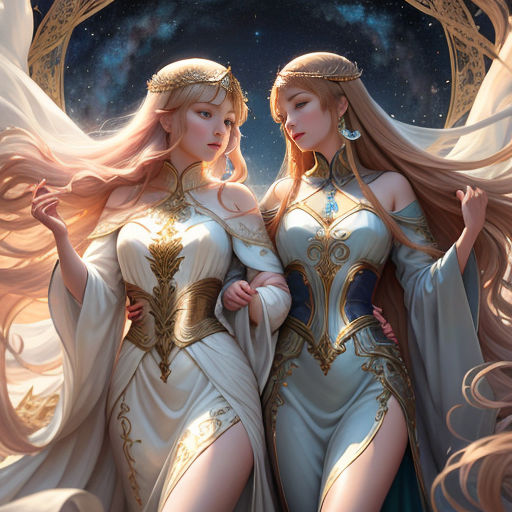
The Three Fates
By Storybird

05 Oct, 2023
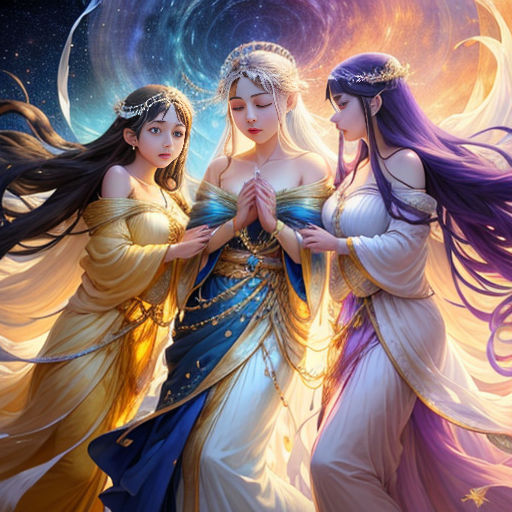
In the realm of the divine, beyond the veil of mortal perception, lived the three Fates. They were ancient even amongst the gods, their origins lost in the mists of time.
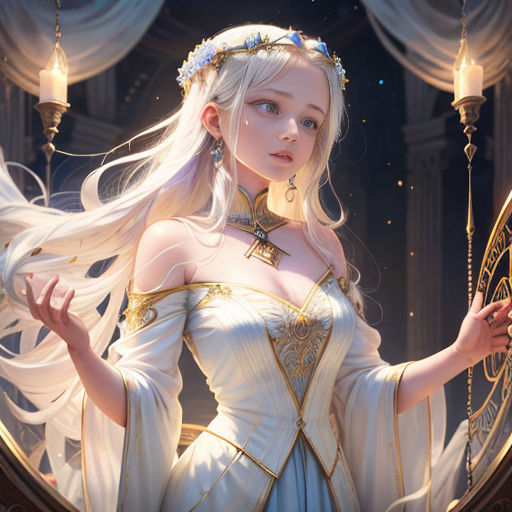
The youngest of the Fates was Clotho, the spinner. Her task was to spin the thread of life for every mortal at their birth.
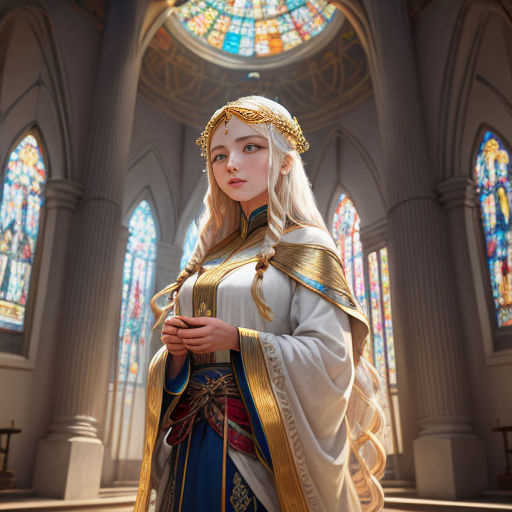
Every thread spun by Clotho was unique, as unique as the life it represented. Each thread held the promise of a new journey, a new story waiting to unfold.
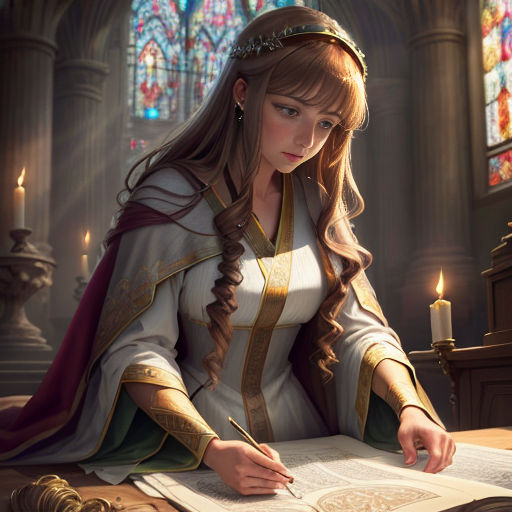
The second sister was Lachesis, the allotter. She measured the thread of life, determining the length of a mortal's existence.
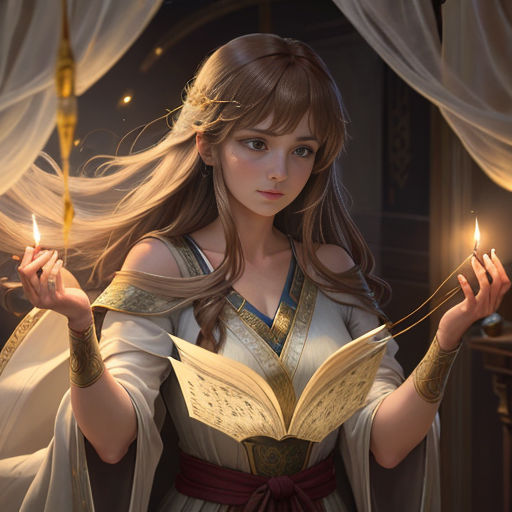
Lachesis would watch the thread grow, marking the progress of life from birth to death. Her scales were precise, as each life had a predetermined span.
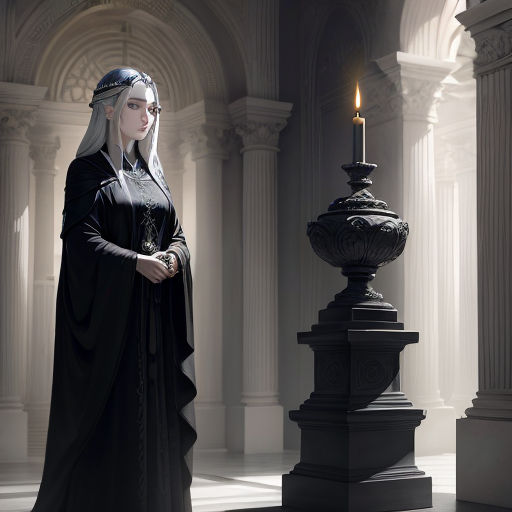
The eldest sister was Atropos, the inevitable. With her scissors, she would cut the thread of life, marking the end of a mortal's journey.
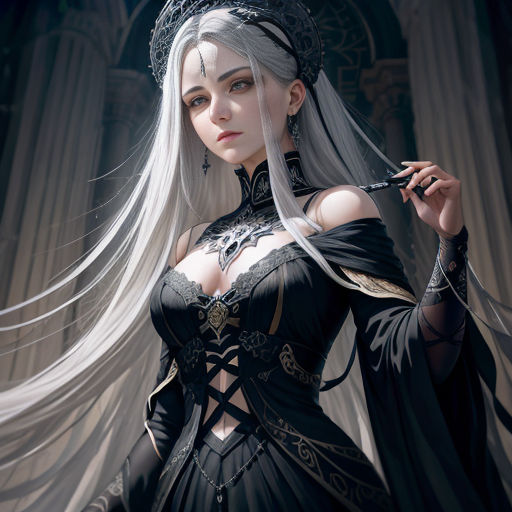
Atropos' scissors were sharp and her cuts were swift. Her touch was the finality of death, her role the most feared among mortals.
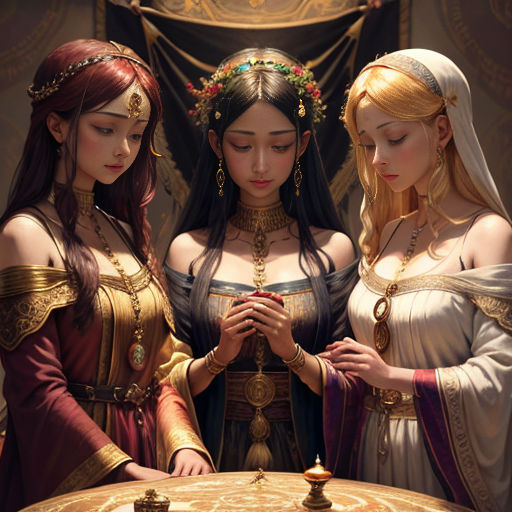
The Fates worked in unison, their tasks intertwined like the threads they wove. Their work was as old as time, as unending as the cycle of life and death.
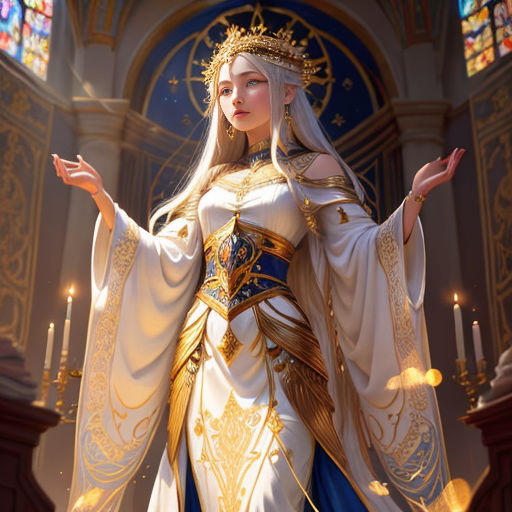
Clotho would spin the thread, her hands moving deftly as she wove the essence of a new life. Each thread was a testament to her skill, a promise of a journey yet to begin.
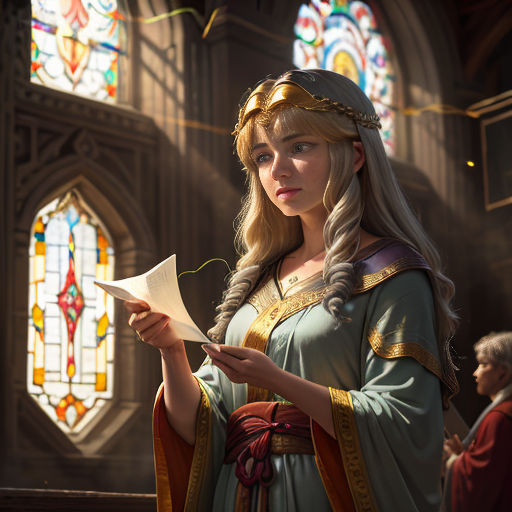
Lachesis would then take the thread, measuring it with her scales. She would mark the length of the life, allotting the time each mortal was given to live.
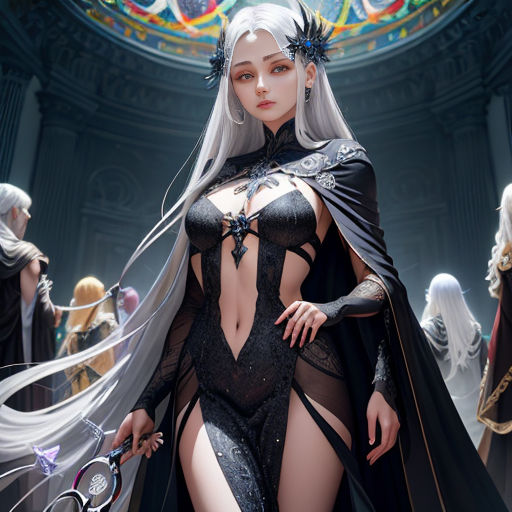
Finally, Atropos would cut the thread, her scissors glinting in the ethereal light. Each cut was final, marking the end of a mortal's journey.
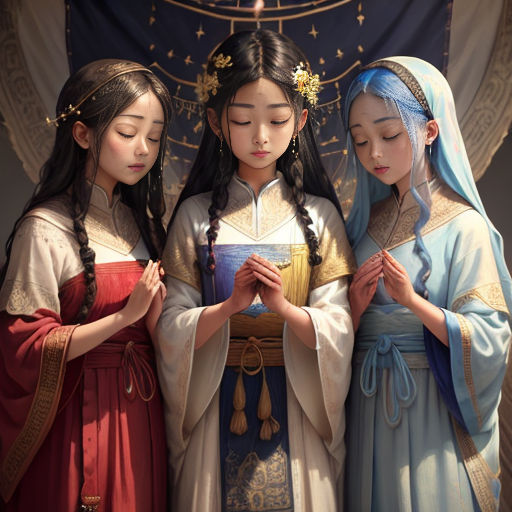
The Fates were impartial, their actions devoid of favoritism. Every mortal, regardless of status or wealth, was subject to their handiwork.
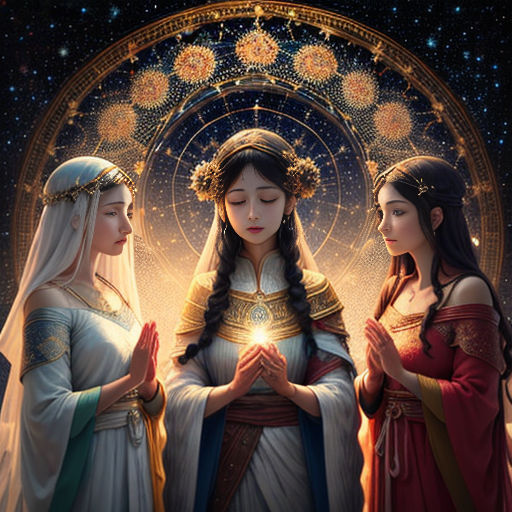
Yet, the Fates were not without compassion. They understood the value of each life, the importance of each story they wove.
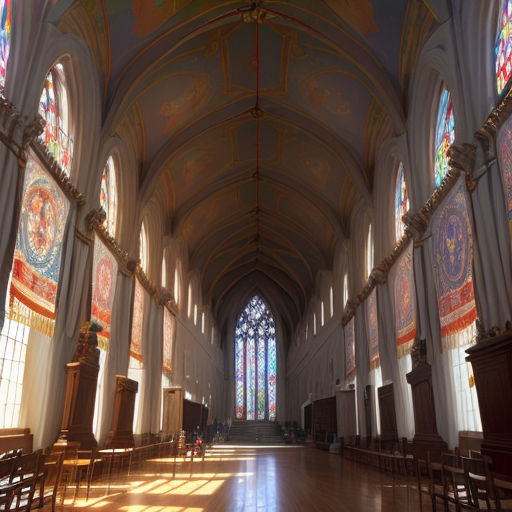
They saw the joy and sorrow, love and loss, success and failure that each thread represented. They felt the weight of their responsibility, the gravity of their tasks.
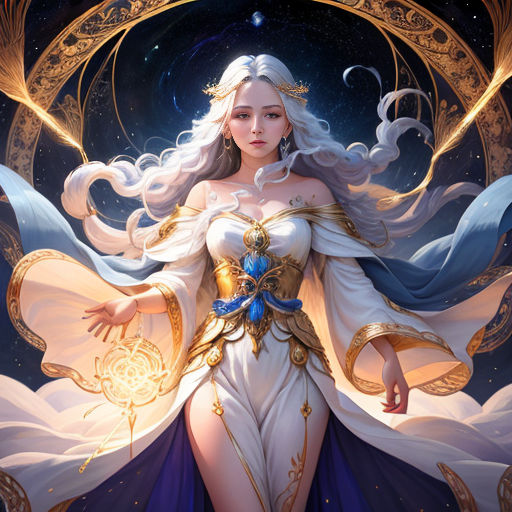
Clotho spun with care, infusing each thread with the potential of life. Her hands were gentle, her touch a promise of life's possibilities.
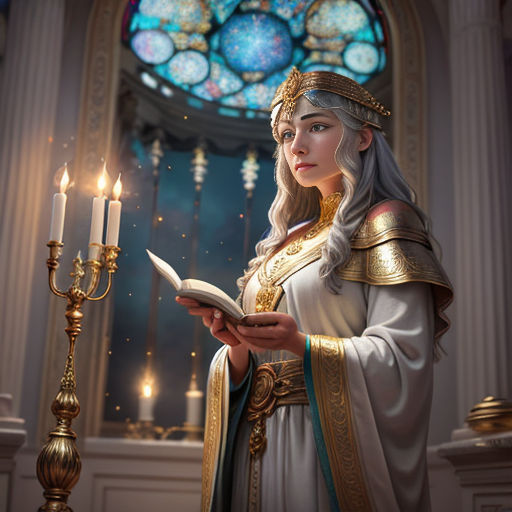
Lachesis measured with fairness, her scales balanced and just. She understood the value of time, the preciousness of each moment.
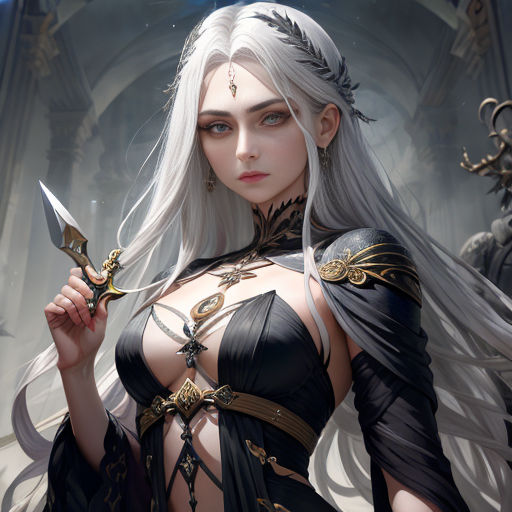
Atropos cut with respect, her scissors swift and merciful. She acknowledged the fear of death, yet she also recognized its necessity.
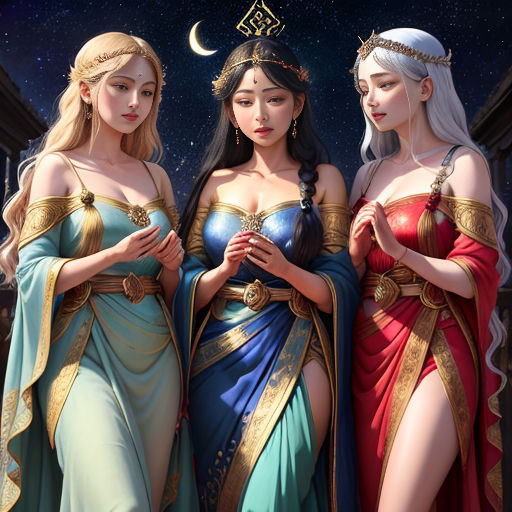
The Fates were more than just weavers of life and death. They were the caretakers of stories, the guardians of destinies.
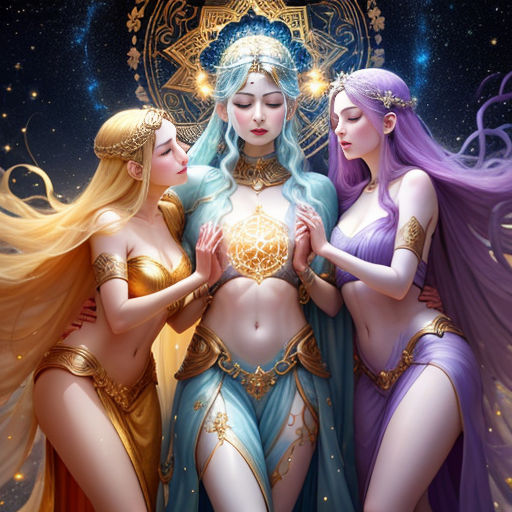
They carried the weight of their tasks with grace and dignity, understanding their crucial role in the grand scheme of existence.
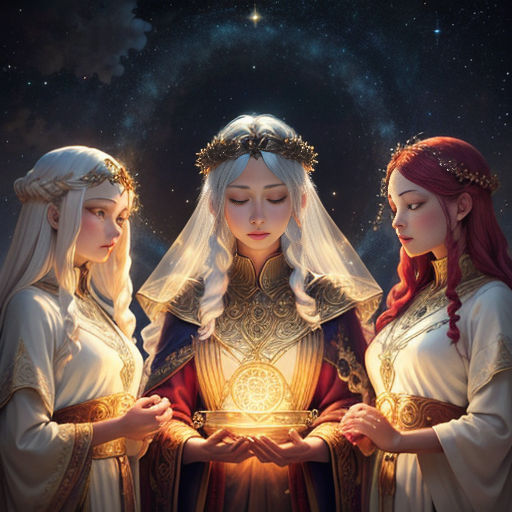
The Fates were the silent observers of life, the unseen hands guiding the course of mortal existence. Their work was a testament to the cycle of life and death, the dance of destiny.
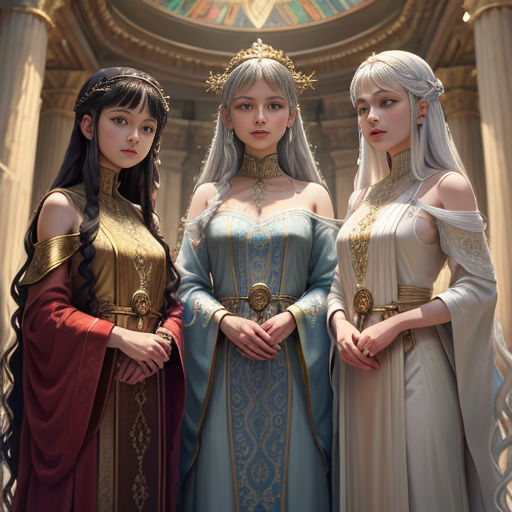
Each thread spun by Clotho, measured by Lachesis, and cut by Atropos was more than just a marker of life and death. It was a story, a narrative woven into the fabric of existence.
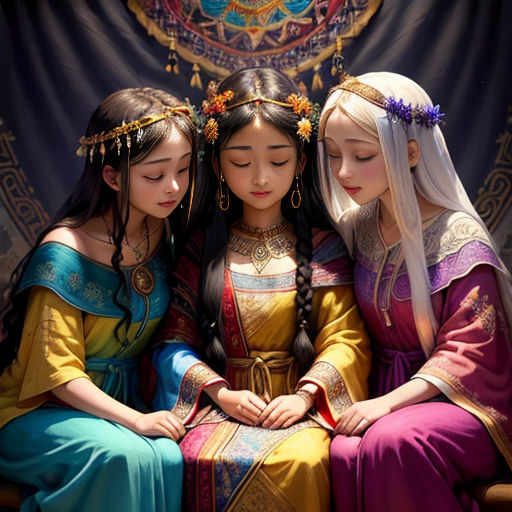
Every thread was a testament to the beauty and tragedy of life, the joy and sorrow of existence. The Fates saw them all, understood them all, and carried them all.
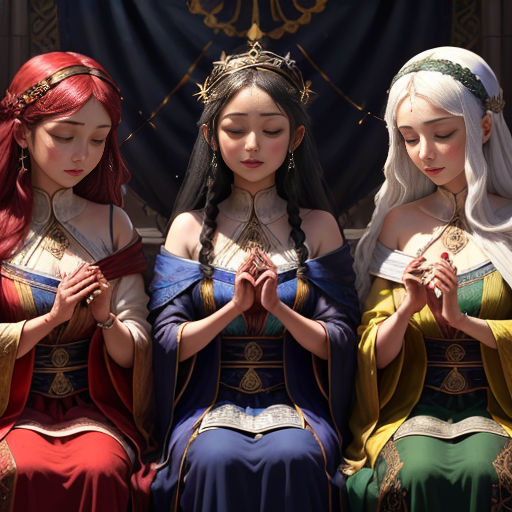
In their hands, the threads of life were not just strands of existence. They were the tales of humanity, the stories of life and death, love and loss, joy and sorrow.
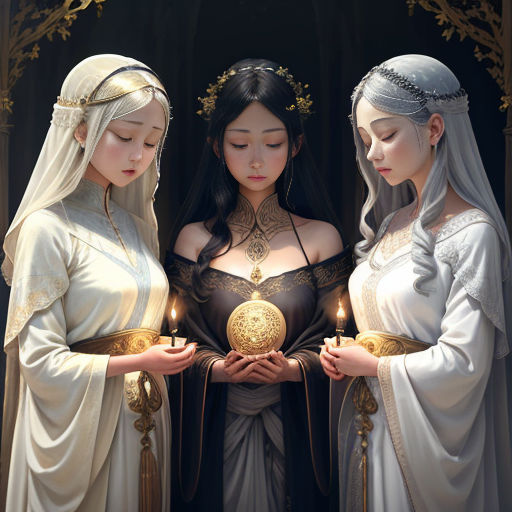
The Fates were the silent storytellers, the invisible narrators of the human journey. Their work was as old as time, as unending as the cycle of life and death.

Thus, the Fates continued their work, their tasks as timeless as they were. They spun, measured, and cut, crafting the stories of life and death, weaving the tapestry of existence.
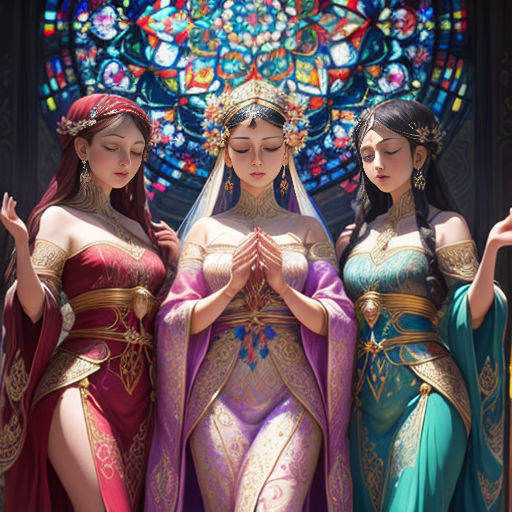
In their hands, the threads of life danced, spun into existence, measured for their duration, and cut at their conclusion. The Fates were the weavers of destiny, the crafters of fate.
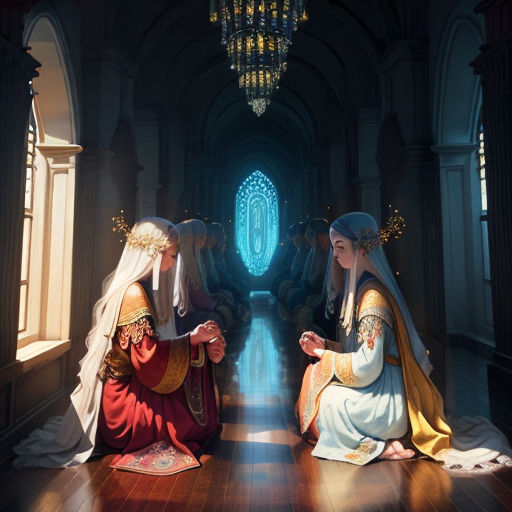
They were the witnesses to every joy and every sorrow, every triumph and every loss. They were the silent observers, the quiet guardians of mortal existence.

The Fates were the threads of life and death, the weavers of stories, the crafters of destinies. They were the silent narrators of the human journey, the unseen hands guiding the course of existence.

They were the Fates, the three sisters who spun, measured, and cut the threads of life. They were the guardians of existence, the weavers of destinies, the crafters of fate.
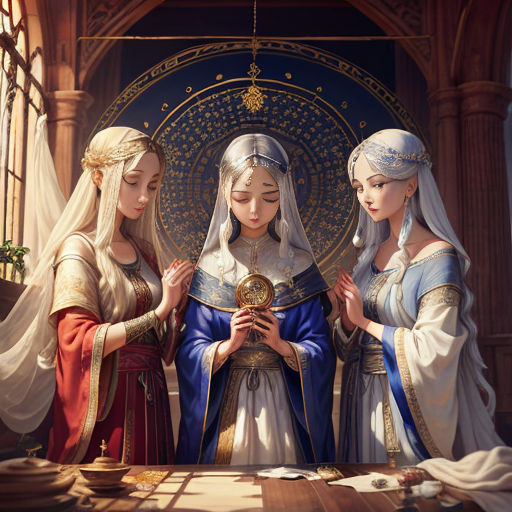
Their work was as timeless as they were, as unending as the cycle of life and death. They were the Fates, the ancient ones, the weavers of life and death.
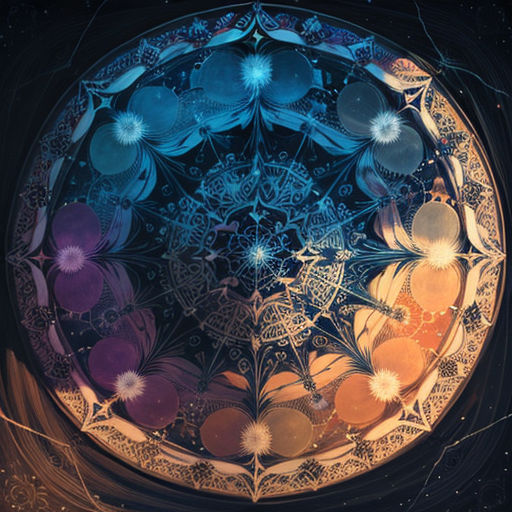
And so, the story of the Fates continues, woven into the fabric of existence, etched into the threads of life and death. They remain the silent guardians, the unseen narrators, the quiet observers of the human journey.

Their story is as old as time, as timeless as they are. They are the Fates, the spinners of destiny, the weavers of life and death. And their story continues, as unending as the cycle of existence.

They are the Fates, the ancient ones, the timeless ones. They spin, measure, and cut, crafting the stories of life and death, weaving the tapestry of existence.
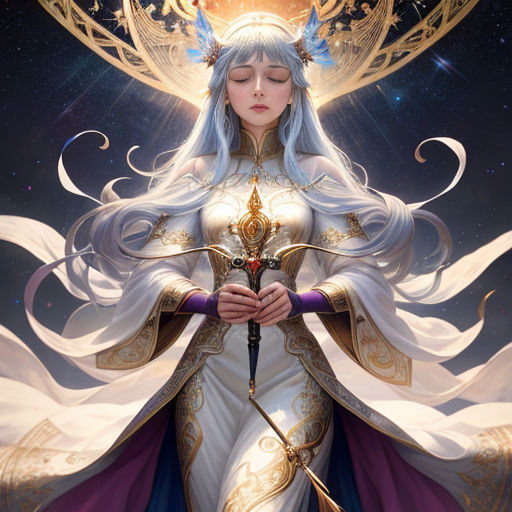
They are the silent narrators of the human journey, the unseen hands guiding the course of mortal existence. They are the Fates, the three sisters who craft destiny, the weavers of life and death.
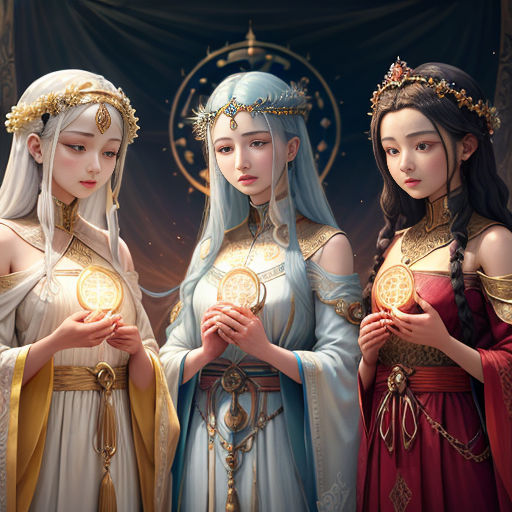
They are the Fates, the crafters of destiny, the weavers of life and death. And their story continues, as timeless as they are, as unending as the cycle of existence.